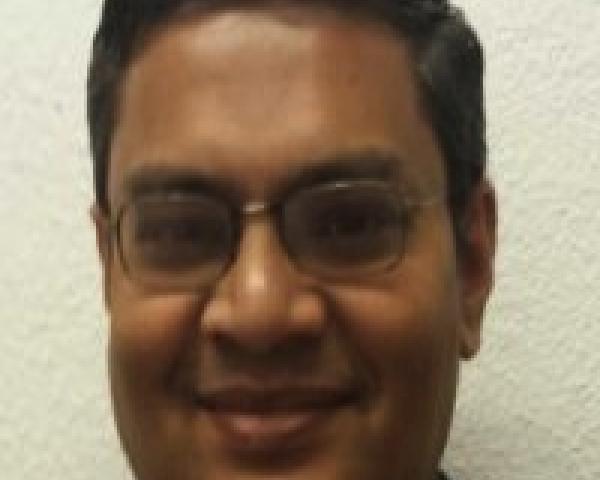An open-source catastrophe modeling toolkit is developing that can aggregate all of humanity's scientific knowledge at all points in time.
The OASIS loss modeling framework is an important initiative for the humans standing last in the global queue. To see why, look at the problem that all we humans face:
At a global level, the ideal catastrophe modeling process should leverage all the scientific knowledge available to humanity at all points of time to come up with the best estimate of a probability distribution of losses for various horizons of locations and time so that humans and groups can make better choices. The actions of some humans are changing the Earth and its environment (through global warming, climate change, et al.) at a much more rapid rate than before. Along with other natural changes, these human-triggered changes and the increasing knowledge of humanity result in changes in the estimated distribution over time.
The insurance industry uses catastrophe models provided by an oligopoly of closed source private providers, causing the following problems:
- The cost of catastrophe modeling is higher than it would be if there were no oligopoly.
- The opaqueness of the models prevents transparent evaluation/comparison/regulation.
- Vested interests may manipulate models and (thereby) choices made by humans and groups.
- The oligopoly makes it difficult to leverage all scientific knowledge in estimating distributions.Because all humans live on the same Earth, and actions of some empire-building humans are changing the loss distribution for other humans without the latter being aware, it is necessary to make information about the global loss distribution as widely available as possible, so that maximum humans or their representatives can transparently make better choices for themselves (including preventing actions by the empire-builders). As the pace of change of the distribution accelerates, this is becoming more and more urgent.
Unfortunately, humans and groups who stand last in the global queue, as usual, are most vulnerable to impacts of actions by those ahead of them in the global queue. They are usually least aware of this distribution and risk making poorer choices than others.
Why don't property insurers share the distribution of potential losses at home location with property owners periodically? Why don't property surveys commissioned by property owners provide the distribution of potential losses at property locations? Why should property owners not be able to understand how specific new local actions by local people, firms and governments affect their loss distributions over various time horizons (thereby affecting property values)? Why don't property insurers provide complimentary/paid information services about the risk (overall or event-specific) to the properties? Property owners/managers, their creditors and their investors would all be interested in such services, because they have a financial stake in the properties.
The high cost of catastrophe modeling has been a constraint. But as OASIS reduces this constraint, we should see such services. After all, insurers are in the business of helping their customers manage risk rather than the business of selling insurance policies. (See my other
blog post on this.)
Empire-building humans always seek to manipulate public perceptions about the true consequences of their actions (product/services) over distant time and space horizons. As scale and complexity of technology has grown, the impact for humanity has become difficult to decipher and control. But the need to generate a common understanding of these outcomes has become more critical, because the impact continues to intensify. As a result, there are two imperatives:
1. The transparency of the catastrophe modeling process is very important to prevent empire-builders from manipulating models partly or fully to promote a wrong understanding of the potential outcomes for humanity.
2. Reducing entry barriers for model providers to provide ever better models to the catastrophe modeling process is very important to ensure that global understanding of potential outcomes for humanity is based on up-to-date scientific knowledge.
I have written separately on my other
blog about why humanity needs to manage intellectual property that is significant for its future differently from mundane intellectual property. The public or private ownership of intellectual property in the catastrophe modeling domain needs to be managed very carefully. While we need to retain the incentive for private model builders to build ever better models, we need to find a mechanism that does not jeopardize the transparency or build entry barriers for newer models.
It is in this context that OASIS (an open-source catastrophe modeling toolkit and marketplace) provides the right combination of public and private ownership to evolve the ideal global catastrophe modeling process. Choosing OASIS over other private options is important for your children and their children.
I see OASIS as a genuine oasis in this desert where selfish actions of some humans are risking our shared future. If OASIS succeeds in breaking the oligopoly, making it easier to evolve the ideal catastrophe modeling process, I expect the speed of developing global consensus to put the right and tight leashes on empire builders.
I strongly endorse OASIS and wish it luck. I plan to do all I can to ensure its success. I hope you will join me, too.







